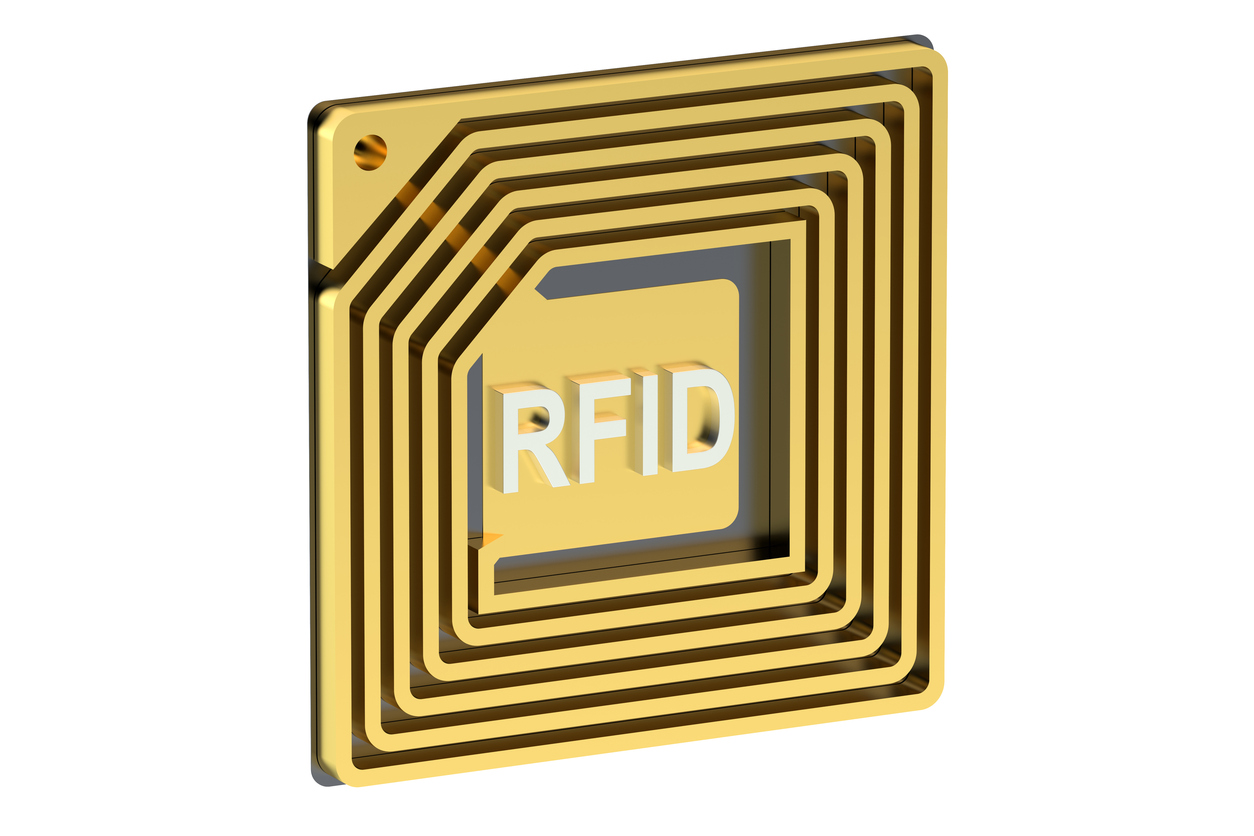Practical, inexpensive and long-lasting, RFID wristbands are the ideal solution for access control in busy places like sports centres and gyms. But there are more benefits to using them than just making a premises secure. Here we’ll look at six advantages of using wristbands as part of an RFID solution in the health and fitness industry.
- User-friendly access control
RFID has long been used for access control. With each tag having a unique identity, it enables gyms and leisure centres to strictly control who can enter the premises and restricts access within the building, ensuring only those with authorisation can enter restricted areas. By linking the wristband to a user account, it also enables access to be disabled automatically if a membership ends or be deactivated manually should the user lose their RFID device.
While there are several types of RFID device which can be used for access, such as smart cards and fobs, perhaps the most advantageous for customers of sports centres and gyms is the wristband. With customers often entering a premises laden with sports equipment and shoulder bags, RFID wristbands remove the need to fumble around looking for a card or a fob. If they are wearing their wristband, all they need to do is wave their arm near to the reader and the door or turnstile will give them automatic entry.
Not only does this make it easier to get in carrying the equipment, it also reduces the burden on staff, enabling the centre to reduce overall staffing costs or freeing employees to do more important tasks.
- Practical to use onsite
Aside from making it easier to get access when customers are burdened with sports bags, RFID wristbands are also practical for use within the building. Sometimes users will need their RFID device for other purposes, such as booking a piece of equipment. The advantage of a wristband is that it is easy to keep it on your person, users won’t have to keep trailing back to their locker to retrieve it or risk losing it if they carry it around with them.
- An affordable solution
RFID wristbands are inexpensive to buy but their real advantage is that they last a long time. Being worn, they are less likely to get lost, so the cost of having to continually issue replacements is reduced. Silicone RFID wristbands, in particular, are ideal for gyms, swimming pools and sports centres as they are waterproof and extremely durable.
- Extend brand reach
Unlike smart cards or fobs which are often hidden away in pockets or purses, wristbands are designed to be worn and this means they’ll get seen by others. This makes them an ideal item on which to add branding so that they can work as a promotional tool, helping to generate new customers.
Wristbands come in lots of different styles and colours and with today’s printing techniques, it’s easy to create bespoke wristbands that feature an organisation’s logo and contact details which can be created using its corporate colours and typefaces.
- Cashless vending opportunities
In addition to access control, RFID wristbands can also be used for cashless vending. They can be linked to a cashless payment system which enables customers to buy items for sale at the premises. This can be anything from food and drink in the café, equipment and clothing from the onsite shop or additional services like a sports massage or series of fitness classes.
The easy, tap and go payment that a wristband provides makes it more likely that a customer will spend onsite than if they have to use traditional methods like a debit card or cash. When using a wristband, the cost is charged directly to their customer account and payments are taken from the same source as they use to pay their membership. Alternatively, customers can add credit to their customer account for use in the facility.
- Customer insights
One significant but often overlooked benefit of using RFID wristbands in sports centres and gyms is that they generate a great deal of useful data that can be used to improve facilities and increase revenue.
When analysed, the data can show the most and least popular visiting times, most used facilities and most purchased products. It can highlight which type of people visit at particular times of day, week or month, how long they stay for and, if RFID readers are placed throughout the facility, how long they spend in each area.
With such analyses easily available, it is easy for centre managers to ensure that resources are allocated effectively when most needed, to replace equipment, services or products which no-one wants and to offer incentives for people to use the facilities at the least popular times. Indeed, the rich data produced should be able to help centres improve the customer experience and increase overall income.
Conclusion
RFID wristbands, such as those available at Universal Smart Cards, offer many benefits to sports centres and gyms. They are a cost-effective RFID solution that provides user-friendly access, practical onsite use and cashless vending opportunities. At the same time, they enable companies to extend the reach of their brand while providing high-quality user data that can help drive the organisation forward.




